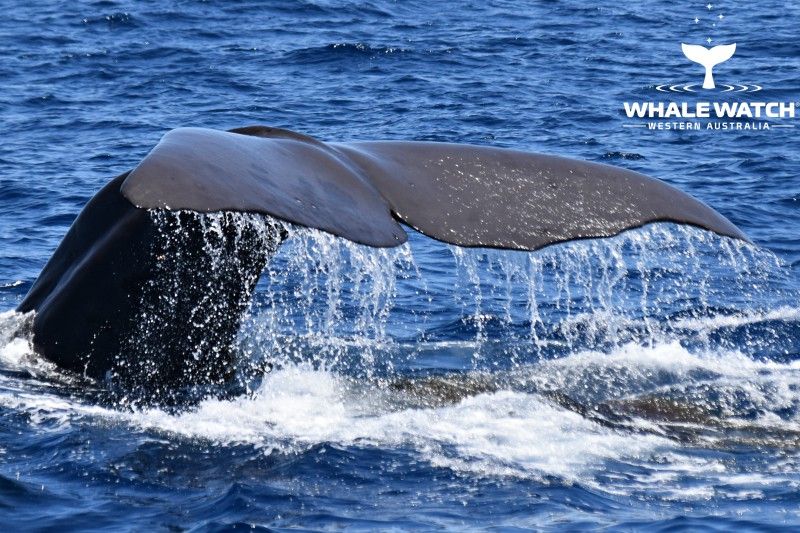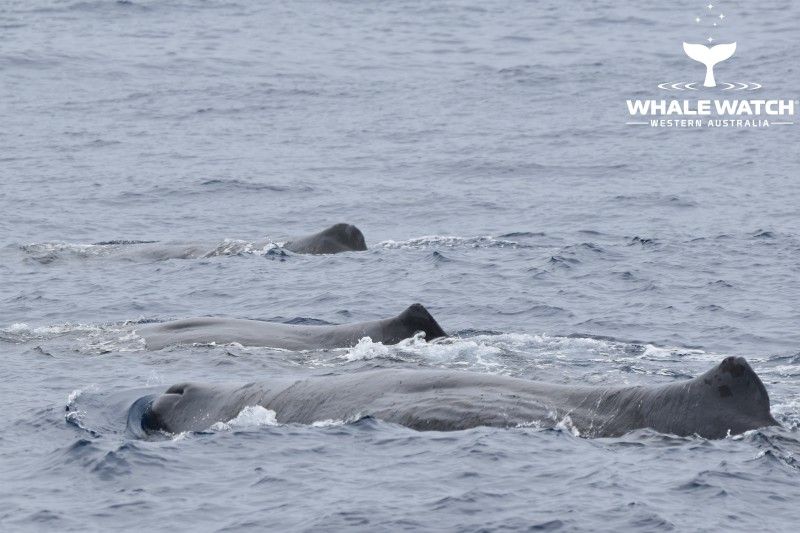This impressive mammal holds the record of the largest toothed predator on earth and the biggest brain of any animal extinct or living today! These are just two of the amazing and interesting facts of a whale species that has captured the imagination of generations of people all over the world. Male Sperm Whales can grow to 20 meters long and weigh in at up to fifty tonnes while females are smaller with an average length of 11 meters and weight of up to eighteen tonnes. They are found throughout the worlds oceans and were almost hunted to extinction by whalers not that long ago. Their large size and power enabled many a Sperm Whale to fight back during the whaling era creating stories and legacies that have lasted generations and continue today.
They were named after the waxy substance found inside their head cavity that is enormous in size and capable of holding almost 2,000 litres of the semi-liquid that is called spermaceti. Located below the spermaceti organ is the Junk (also known as the melon) which can be found in all toothed whales but the melon of the Sperm Whale is by far the greatest size of all. The junk also contains spermaceti that is divided into cartilage compartments creating a very strong and resilient structure of the whales head that redistributes any impact across the skull. The spermaceti enables the Sperm Whales to produce powerful resounding clicks that are used for communication and echolocation, vitally important components of their lives.

A lifespan of up to 70 years allows a Sperm Whale to live a very long life and females will produce between 7-10 calves over their lifetime. Females will become fertile around 10 years of age while males mature a little later, around 18 years of age. Big bull males will reach their full size around twenty five years old and be a force to reckon with during this time! Gestation for a female is 16 months and when the calf is born they weigh in at 1,000 kilograms and four meters in length.
She will generally have one calf every 4-6 years and calves have been known to suckle for over ten years although generally will be weaned between 2-4 years. During the birthing process the rest of the family pod will surround and protect the female until the calf is able to swim strongly, this is often called the marguerite formation after the flower.
Sperm Whale females will remain in their pods for the duration of their lives while males start in these pods but eventually leave and join bachelor pods around the ages of 4-21 years old. Males mature and as they grow older will disperse into smaller bachelor pods before eventually living fairly solitary lives around the age of fifty years when they are at their physical peak in strength and size. They are incredibly social mammals (especially the females) and hundreds of Sperm Whales have been known to congregate with multiple social groups interacting together creating quite the spectacle from above the surface and below.

They predominately feed on giant squid and to reach this food source they must dive down to depths of 800 – 3,000 metres. They forage throughout the year and dives can last for up to two hours but generally are around 45 minutes long. Their S shaped blowhole is located to the left of their rostrum and because of this, unlike other whale species, the resulting exhalation of air does not go straight up but on a left angle resulting in a small blow that is no more than two meters high. They spend 60% of their life feeding at great depths in complete darkness which results in only 15 minutes of every hour spent in the part of the ocean that receives the warm rays of sunlight.
Sperm Whales were greatly favoured by whalers because of the enormous quantities of spermaceti they had and the elusive ambergris which was a secretion from the intestines of the whales to coat any squid beaks consumed, very similar to the formation of pearls! The ambergris was used as a fixative for perfumes and once in history was worth more than its weight in gold making it an extraordinarily desirable product. This meant that our much loved Sperm Whales were almost hunted to extinction and the pre whaling population of one million worldwide was greatly depleted.
Thankfully today they are protected and numbers are slowly increasing. The story of the Sperm Whale who visit our WA coastline has only just begun and with deep feeding grounds located all along the coastline, one of the closest being the Perth Canyon, we are very excited to bring to all of Our Members of the Pod™ the latest news and discoveries of these magnificent whales who will continue to capture the imagination and story telling legends for many generations to come.






